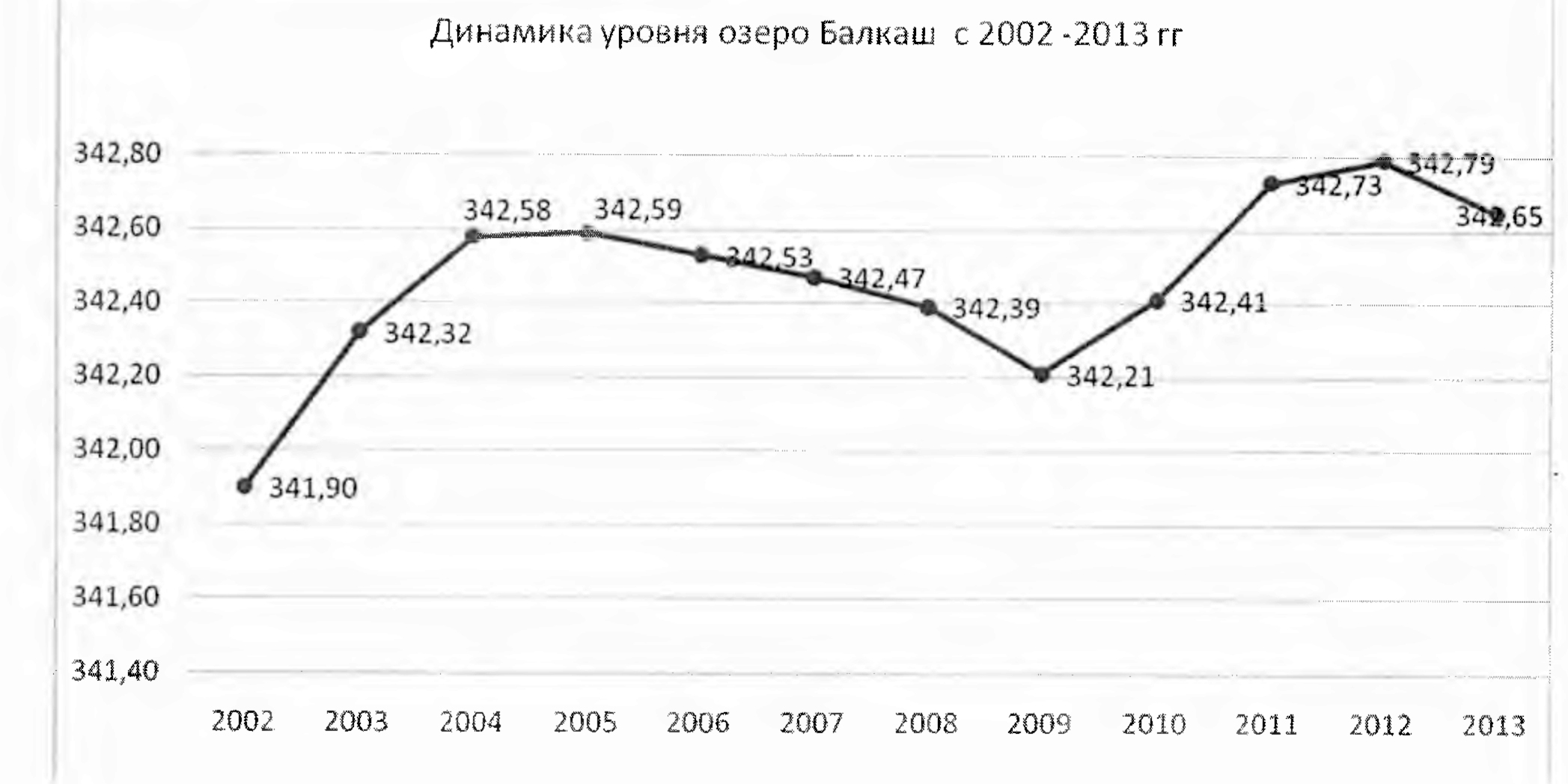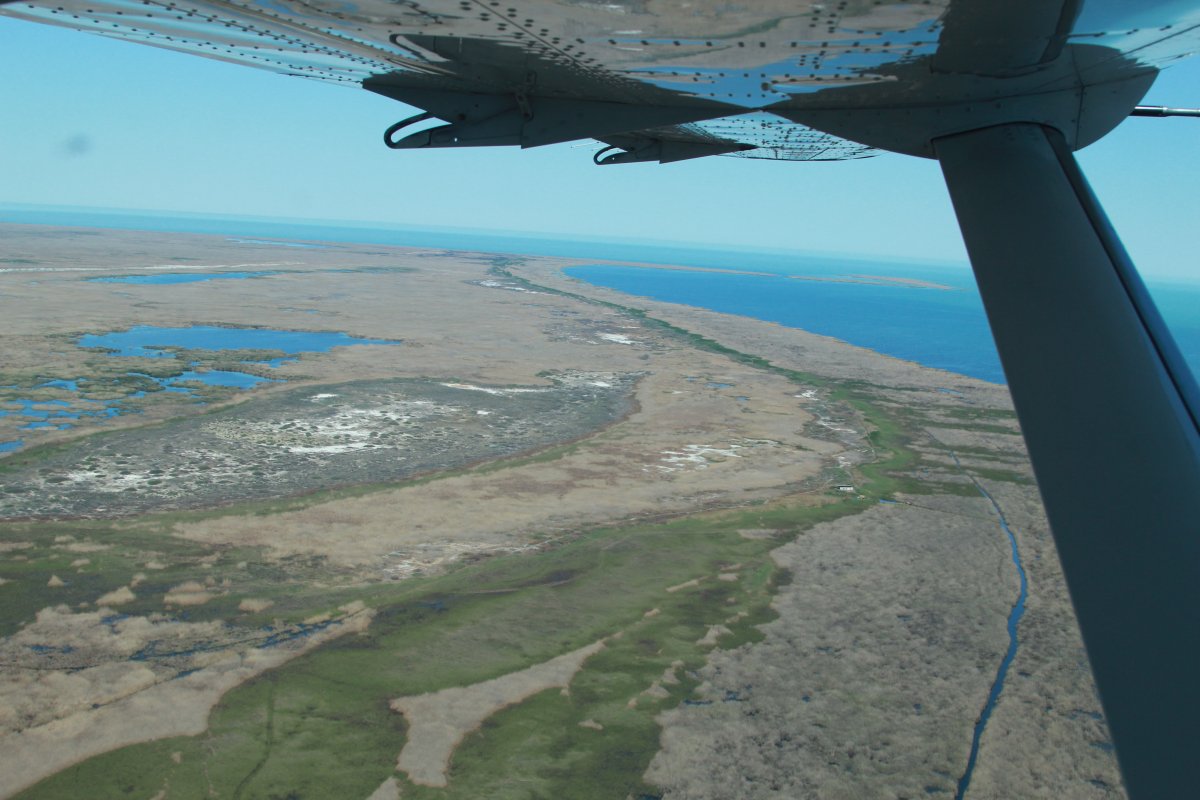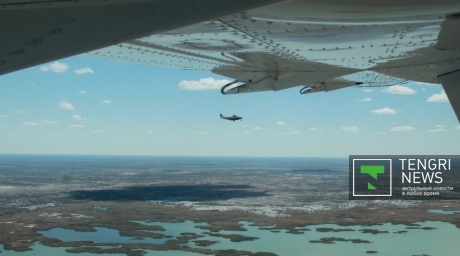The Committee on Water Resources of the Ministry of Agriculture of Kazakhstan is considering a construction of nonrigid dams on the Ili River to maintain the water level of Balkhash lake, Tengrinews reports.
Over the past two years the water level in Balkhash lake has dropped by 8 cm from 342.73 meters to 342.65 meters. But, according to the ministry, on a larger scale the water level had been growing. Over the past 12 years water level in Balkhash lake has increased by 75 centimetres. Even though the recent water level drop looks like a temporary development now, Kazakhstan wants to address this problem before it is too late, especially since it can deal with many more water-related issues along the way.
Balkhash lake water level in 2002-2013

In accordance with the new project, two nonrigid dams will be build on the Tasmurun and Bakanass channels at the lower course of the Ili River. In addition, the project will provide the city of Kapshagai with drinking water and increase the efficiency of the Kapshagai hydroelectric power station. The nonrigid dams will also improve the irrigation water supply and decrease the water discharge from the Kapshagai water reservoir during the vegetation season. These measures will allow preserving natural water level of Balkhash lake.
However not everyone is optimistic about the project. The Head of the Environmental Society Tabigat (Nature) Mels Yeleusizov insisted that the new dams would not help the water level in the lake.
The Ili river that feeds the lake is a transborder river. It flows through China before entering Kazakhstan.
“How can it improve the situation? The water in the Ili river decreases because China intakes more water than it should. (…) China has constructed numerous dams, hydroelectric power stations and other things. (…) The lake will dry out gradually. As I have already said, we would get another Aral Sea (once the world's four largest sea located in Kazakhstan that shank dramatically after two rivers feeding it were diverted for agriculture by the Soviets). (…) We must resolve the issue with China. But then again, if Balkhash lake dies then China would suffer from it too, because salt (lifted by winds from the dry bottom) would end up in their glaciers. We should think of the way to save the glaciers,” Yeleusinov said.

Thew Ili River estuary and southern shores of Balkhash lake. Photo © Vladimir Prokopenko
Expert calculated that by 2050 as a result of Chinese projects, the Ili River dwindle by 40%. This would turn into a catastrophe for Balkhash lake. Meanwhile, according the Kazakhstan Ministry, Kazakhstan and China still do not have an agreement on the use of water resources that they share.
“During the official visit of the Chinese General Secretary Xi Jinping to Kazakhstan in September 2013, China and Kazakhstan signed a declaration on strengthening the relations in the strategic partnership of the two states,” the Ministry said. The Heads of the States set a task to research and coordinate agreements on the use of cross-border rivers. As of today, all research work on cross-boarder rivers has been concluded. So in 2015 the state officials will proceed with signing of the agreement.

The Ili River estuary and southern shores of Balkhash lake. Photo © Vladimir Prokopenko
Environmentalist Yeleusinov pressed that the agreement had to be signed 10-15 years ago. He also urged local officials to decrease water use from Balkhash lake.
“We have to save the water and stop watering our fields. It is better to start planting agricultural products that require less water,” Yeleusinov insisted.
Reporting by Vladimir Prokopenko, writing by Gyuzel Kamalova, editing by Tatyana Kuzmina


